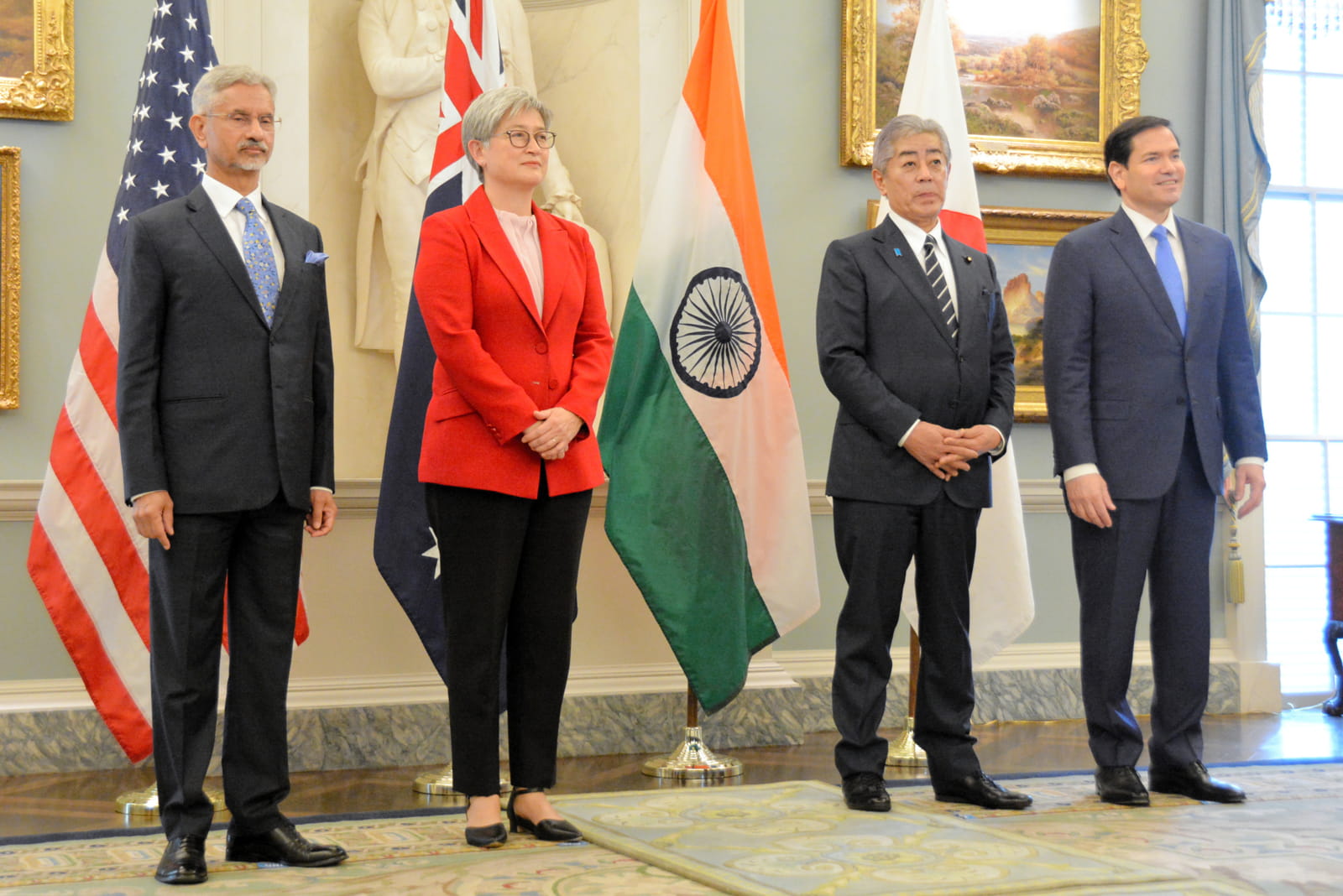Adults with poor Life’s Essential 8 scores faced significantly higher atrial fibrillation risk, suggesting that heart-healthy habits could be key to preventing this common arrhythmia.
Study: Association of life’s essential 8 score with incidence of atrial fibrillation: The Framingham heart study. Image Credit: Magic mine / Shutterstock
In a recent study published in the American Journal of Preventive Cardiology, researchers in Boston, USA, investigated the relationship between the Life’s Essential 8 (LE8) score and the risk of atrial fibrillation (AF).
AF is the most common arrhythmia, whose prevalence and incidence are increasing worldwide. Thirty years ago, the Framingham Heart Study (FHS) established age, type 2 diabetes, hypertension, valvular heart disease, heart failure, and coronary heart disease as risk factors for AF. Since then, obesity, metabolic syndrome, excess alcohol intake, and obstructive sleep apnea have been identified as modifiable risk factors for AF pathogenesis.
LE8 is based on the Life’s Simple 7 (LS7), which was developed to define and measure cardiovascular health and promote positive health outcomes. LE8 is an update to LS7 that additionally includes a sleep health metric. Recent studies indicate an inverse relation between the LE8 score and health outcomes, such as fatty liver disease, cardiovascular disease (CVD), kidney disease, dementia, and CVD mortality.
About the study
The present study evaluated the associations between the LE8 score and AF risk. The study population included subjects from the FHS Omni 1 and Offspring cohorts. Individuals aged 45 years or older attending one or more index exam cycles were included in the current analyses. Participants were assigned a composite cardiovascular health score at their index exams based on their adherence to eight healthy lifestyle components.
These lifestyle components included diet, smoking habits, sleep duration, body mass index (BMI), fasting blood glucose, physical activity, cholesterol levels, and blood pressure. The LE8 score was the mean of the scores assigned to each component. The study’s outcome was incident AF, ascertained from electrocardiograms. Subjects were followed up from the date of the index exam until the next index exam, incident AF, death, or for 10 years.
Fine-Gray hazard models, which account for competing mortality risks, were used to evaluate the associations between LE8 and AF risk, adjusted for sex and age. In secondary analyses, separate models were developed for each LE8 component. In addition, the team investigated whether age modified the association between incident AF and LE8. The association between the LE8 score and the risk of all-cause mortality was also assessed.
Findings
The study included 3,161 participants aged 65 years, on average, who contributed 4,628 index exam cycles. Most participants were female (57%) and from the Offspring cohort (93%). The average LE8 score was 67.6 at the index exams. The LE8 score was ≥80 (ideal), <50 (poor), and 50–79 (intermediate) for 16%, 7%, and 76% of participants, respectively. Overall, 410 individuals had incident AF, and 424 deaths occurred over the follow-up.
The risk of incident AF was higher for individuals with poor LE8 scores compared to those with ideal scores. The incidence rate of AF per 1,000 person-years of follow-up was 17.2 for participants with poor LE8 scores, 7.9 for those with ideal scores, and 10.3 for those with intermediate scores. Notably, intermediate cardiovascular health showed no significant difference in AF risk compared to ideal health (sHR=0.95). Moreover, higher continuous scores were associated with a reduced risk of AF.
Subjects with poor scores on the BMI, blood pressure, and glucose components had a greater risk of AF than those with ideal scores on the respective components. There was no evidence that age modified the association between incident AF and LE8. Furthermore, participants with poor LE8 scores had an elevated risk of all-cause mortality relative to those with ideal scores. A more favorable score for physical activity, glucose, and smoking was associated with lower mortality risk.
Conclusions
In sum, the study assessed the risk of incident AF in two FHS cohorts using LE8 scores. AF incidence was 10.4 cases per 1,000 person-years, comparable to estimates from other studies. A poor LE8 score was associated with an increased risk of AF compared to an ideal score. Moreover, higher continuous scores were associated with lower risk of AF and all-cause mortality. Poor blood pressure, glucose, and BMI scores were also associated with a higher AF risk.
An intermediate LE8 score was not associated with the risk of AF. The analysis accounted for repeated participant contributions across exam cycles using statistical clustering methods. Notably, the sample predominantly comprised middle-aged and older adults of European descent (the Offspring cohort), which limits generalizability to younger individuals and other ethnic or racial groups. Recall or misclassification bias was also likely, as several LE8 components were assessed using self-reported data. Future analyses should focus on whether specific interventions or behaviors would augment CVD outcomes.







